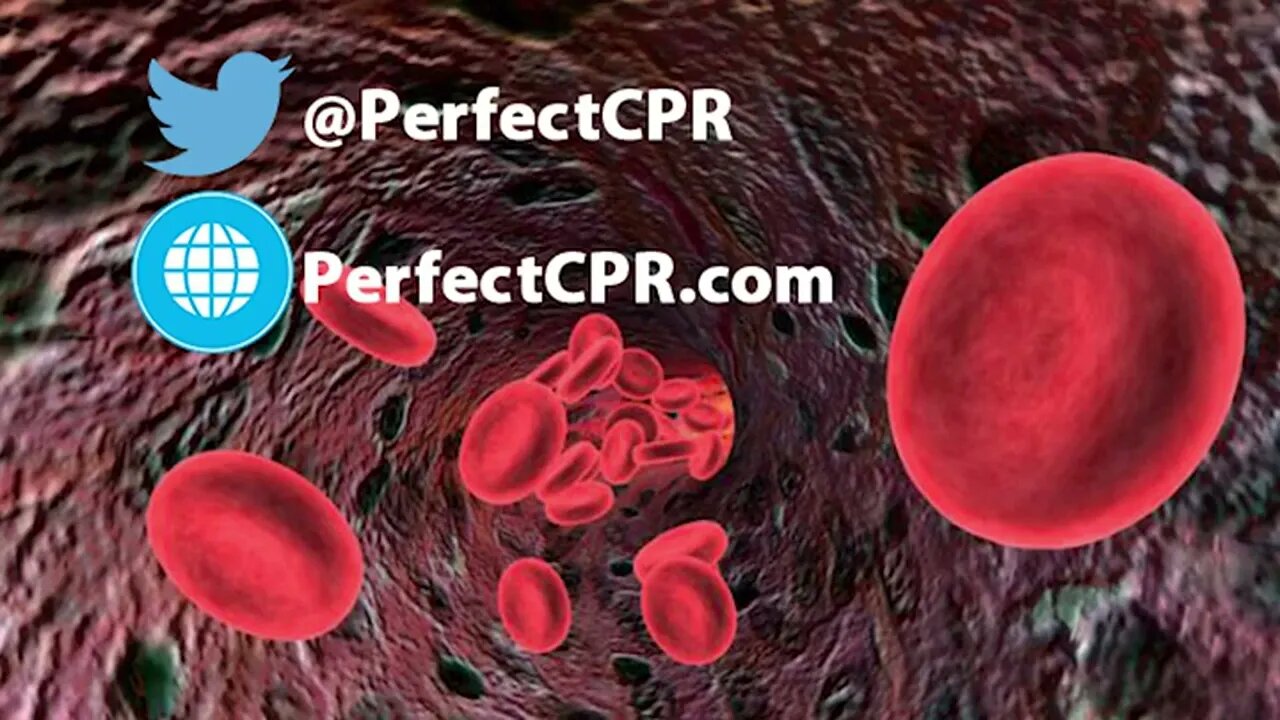Premium Only Content

EMSNation Ketamine Induced Rapid Sequence Intubation w Faizan H Arshad, MD
Trauma is one of the leading causes of death worldwide1 with 5.8 million lives lost each year as a direct result of injury,2 and it is a major economic burden to society in both the United States and Europe.1,3
One important aspect of trauma patients is airway management. Rapid sequence induction (RSI) involves combining a sedative and a neuromuscular blocking agent to render a patient rapidly unconscious and paralyzed to facilitate emergency endotracheal intubation and to minimize the risk of aspiration. There is no consensus on the optimal drugs to be used for RSI, presumably due to a lack of data regarding the respective drugs’ impact on outcomes such as survival. The Advanced Trauma Life Support guidelines therefore recommend using an induction agent according to local practice.4 An optimal agent for an RSI should have a rapid onset and short duration of action, negligible hemodynamic effects, as well as a minimal side effect profile.5 At present, 5 induction agents for RSI dominate in terms of use: etomidate, ketamine, propofol, thiopentone, and midazolam. Etomidate is a frequently used induction agent because it is suitable for hemodynamically unstable patients. However, etomidate is no longer registered in several countries6–8 due to a potential association with acute respiratory distress syndrome and adrenocortical suppression.9–14 Ketamine is also suitable in hemodynamically unstable patients, but, unlike etomidate, ketamine is not known to inhibit the adrenal axis. Ketamine has been associated with increased myocardial oxygen consumption and increased intracranial pressure (ICP),15 but recent literature no longer support this assumption.16,17 Ketamine, however, may cause hallucinations, nightmares, and delirium.18 Propofol decreases ICP, making it suitable for patients with brain injury.19 Disadvantages include hypotension, making it less suitable for hemodynamically unstable patients.20 Midazolam and thiopentone also cause hypotension.21,22 Thiopentone in turn suppresses neuronal activity and is therefore considered a useful induction agent in hemodynamically stable patients with conditions that elevate ICP. Drawbacks to thiopentone include induction or exacerbation of bronchospasm due to histamine release, making its use limited in patients with reactive airway diseases.23
Whether the difference in the choice of drugs used to intubate trauma patients has an impact on the overall survival remains unknown and forms the grounds for this systematic review. In particular, this review will investigate the effect of ketamine in RSI for trauma patients compared to other induction agents.
-
 10:36:04
10:36:04
Dr Disrespect
12 hours ago🔴LIVE - DR DISRESPECT - PUBG - WHAT WINNING LOOKS LIKE
216K35 -
 4:41:07
4:41:07
Nerdrotic
8 hours ago $4.76 earnedCap 4 and Emelia Perez BACKLASH! Acolyte is Still CANCELED! Hollywood STFU | Friday Night Tights 339
163K25 -
 57:41
57:41
The StoneZONE with Roger Stone
5 hours agoWhy Are They So Afraid of Tulsi Gabbard? | The StoneZONE w/ Roger Stone
28.7K7 -
 LIVE
LIVE
I_Came_With_Fire_Podcast
9 hours ago🔥🔥Suing CHINA, Hillary AIDED RUSSIA, and DEI REMOVED from Military🔥🔥
820 watching -
 LIVE
LIVE
SoniCentric
10 hours agoCozy Up With SNOWY Lakeside Cabin Jazz Vibes
118 watching -
 1:36:16
1:36:16
PMG
1 day ago $0.07 earnedSPECIAL: JUSTICE FOR JEREMY - NOW!
5.95K1 -
 1:01:01
1:01:01
TheTapeLibrary
13 hours ago $1.17 earnedThe Horrifying True Story of Summerwind Mansion
20.9K2 -
 29:28
29:28
Afshin Rattansi's Going Underground
1 day agoMax Blumenthal on US’ Ukraine Aid Corruption, 'Psychotic' Israel Turning the West Bank into Gaza
30.4K4 -
 57:12
57:12
Flyover Conservatives
22 hours agoCovid, Control, & Corruption —Dr. Stella Immanuel’s Plan to BEAT the System! | FOC Show
17.9K -
 57:13
57:13
Sarah Westall
5 hours agoUnited States in a Two Front War, Identify Military Psyops and Special Operations w/ Jeffrey Prather
58.7K7